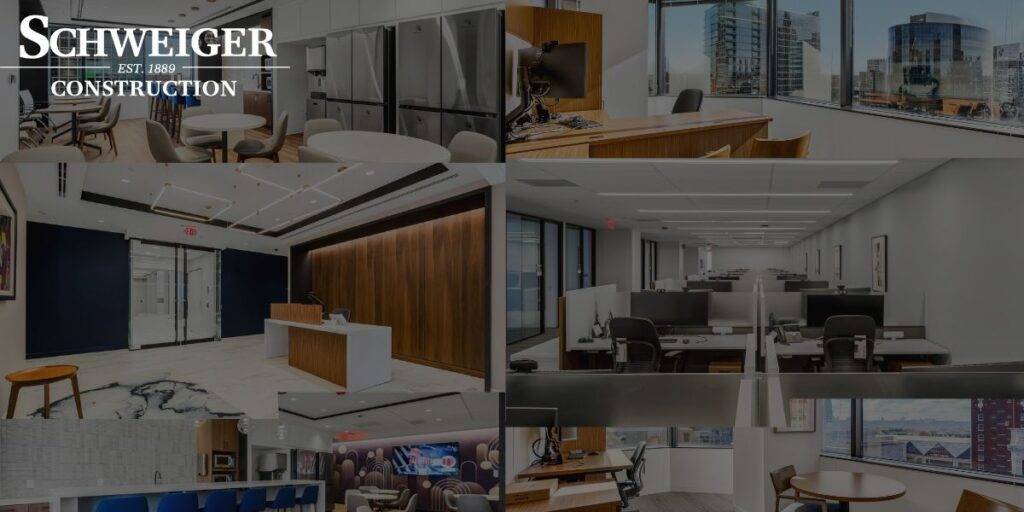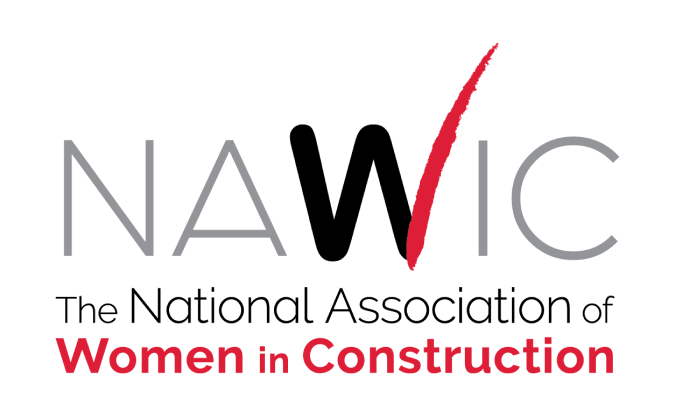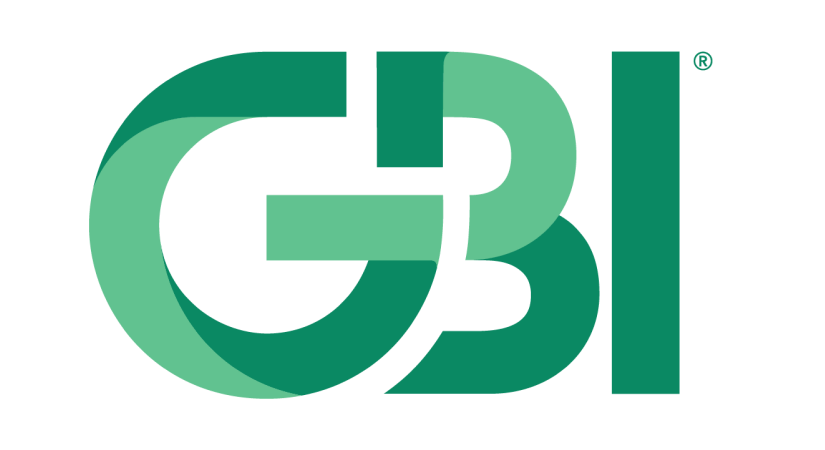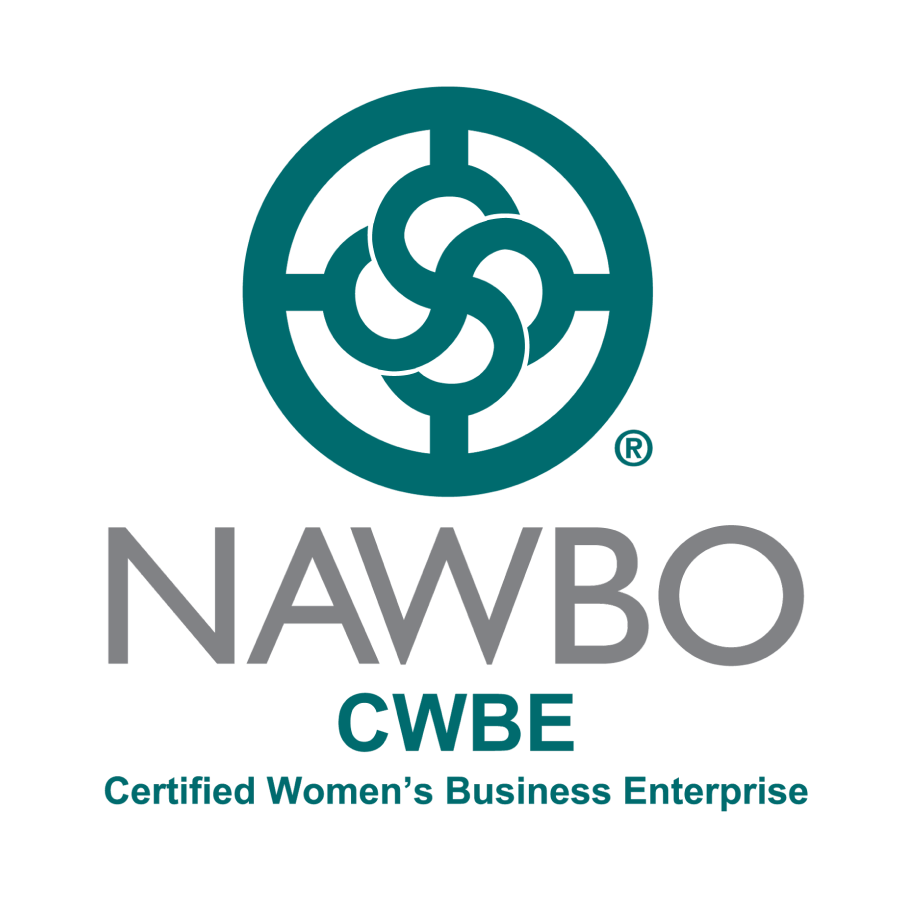Office design goes beyond functionality—it’s a powerful reflection of a company’s brand identity, values, and culture. Strategic design choices, from layout to branded elements, can create environments that inspire employees, reinforce company culture, and leave a lasting impression on visitors.
Office Design as a Reflection of Brand Identity
A company’s physical workspace should mirror its core values and mission. The way an office is designed can communicate a brand’s priorities and help shape its identity both internally and externally. Branded elements such as company colors, logos, and design themes can create a cohesive environment that fosters brand recognition and pride among employees and visitors alike. Every design element, from furniture and lighting to wall art and signage, contributes to telling the brand’s story. A thoughtfully designed office aligns the physical space with the company’s ethos, fostering a sense of pride and belonging among employees. It also reinforces the brand image for clients and stakeholders.
Layout's Impact on Company Culture
The physical layout of an office can directly influence company culture and how teams interact. Different layouts support different work styles:
- Open Floor Plans: Encourage collaboration, transparency, and teamwork.
- Private Offices: Emphasize hierarchy, confidentiality, or focused work.
- Hybrid Approaches: Combine collaborative spaces with quieter areas for individual tasks.
- Natural Light and Ventilation: Boost mood, energy, and morale, contributing to a positive culture.
- Ergonomic Design: Shows care for employees’ health and reduces stress or discomfort.
- Breakout Areas: Encourage informal brainstorming and innovative thinking.
Boosting Identity and Morale
Designing and constructing office spaces with a focus on identity and morale can transform a workplace into a hub of inspiration and collaboration. Incorporating the company’s brand identity into the design—through color schemes, logos, and mission-driven artwork—creates a sense of belonging and shared purpose. Thoughtfully integrating these elements helps employees feel more connected to the organization, cultivating pride in their work and reinforcing the values that drive the business. Personalized touches, like highlighting team achievements or featuring input from employees in the design process, also build a sense of ownership and inclusivity.
Equally important, is creating an environment that prioritizes employee well-being and boosts morale. Flexible workspaces, ergonomic furniture, and access to natural light improve comfort and productivity. Collaborative zones encourage teamwork, while quiet spaces support focus and rejuvenation. Incorporating greenery and biophilic design elements can reduce stress and enhance overall mood, creating a space where employees feel motivated and appreciated. By blending functionality with thoughtful design, office spaces can not only reflect a company’s identity but also inspire employees to thrive.
Real-World Examples of Strategic Office Design
Strategic design choices can have a significant impact on both employee experience and brand identity. Here are a few companies leading the way:
- Etsy: Their eco-conscious design with handmade furniture reflects a commitment to sustainability and creativity.
- Dropbox: Dropbox uses collaborative workspaces and flexible “districts” in their offices, aligning with their focus on teamwork and innovation. Thoughtful design choices like these can enhance productivity while supporting the brand’s mission and values.
- Pinterest (Dublin Office): Pinterest’s Dublin office was designed to reflect Irish culture, incorporating a Celtic forest-themed workspace, a pub serving Guinness on tap, and design elements inspired by Ireland’s rail system and Trinity College Library (Business Insider, 2024). These choices not only celebrate local culture but also make employees feel more connected to the space and brand. Irish cultural elements and themed spaces strengthen the local connection while boosting morale.
Pinterest saw a 55% increase in office attendance after redesigning their Dublin office, a clear sign that strategic design can enhance employee satisfaction and engagement (Business Insider, 2024).
Key Highlights When Designing for Brand Identity
When planning an office construction project, consider these essential elements to align the space with your brand identity:
- Branded Elements: Incorporate colors, logos, and themes that reflect your company’s visual identity.
- Cultural Alignment: Use design features that reflect your company’s core values and community ties.
- Functional Layout: Balance collaboration with individual productivity through thoughtful space planning.
- Employee Well-being: Integrate wellness-focused spaces like break rooms, green areas, and ergonomic workstations.
- Feedback Integration: Involve employees in the design process to ensure the space meets their needs and enhances morale.
Building More Than Just An Office
Office construction is more than just creating a functional workspace—it’s a strategic tool for expressing brand identity, strengthening company culture, and inspiring both employees and clients. By thoughtfully integrating branded elements, strategic layouts, and morale-boosting features, companies can create environments where employees feel valued and motivated.
At Schweiger Construction Company, we specialize in creating office spaces that reflect your brand’s identity while supporting productivity and employee well-being. Whether you’re redesigning an existing space or building from the ground up, our team can help you bring your vision to life with purpose-driven design solutions.

